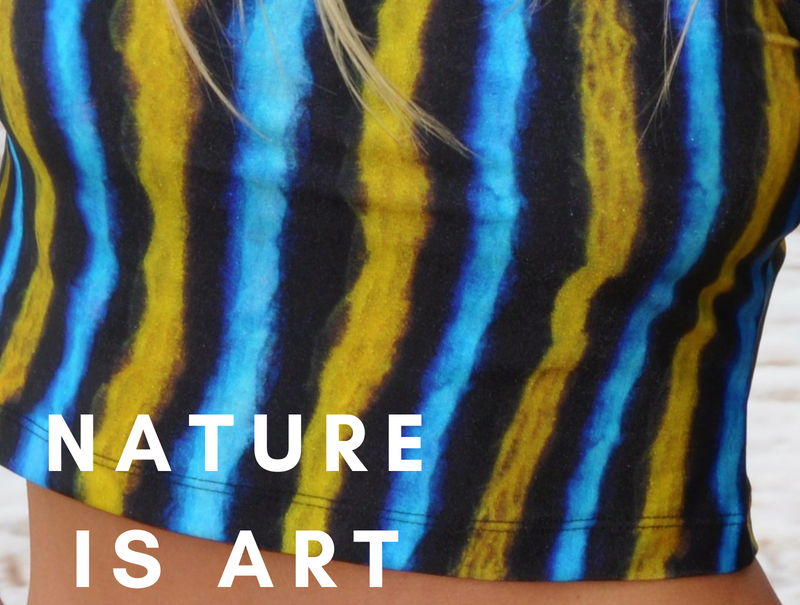If there’s ever been a place to pose a 21st Century philosophical and existential dilemma, it’s Instagram.
This once benign digital playground started out all loved-up and full of encouragement. No matter how small your profile in the real world, you could upload beautiful or mundane images and feel a wave of love online. It was a level playing field and it felt good to be there, because someone just around the corner or on the other side of the planet would genuinely appreciate your photo. It wasn’t a competition and you didn’t need 20,000 followers to demonstrate your existence. It was just about being there, you know, turning up and having a good time. You didn’t have to try too hard.
I wasn’t an early adopter despite being a keen photographer. The first time I even heard of Instagram was when facebook announced it had bought it for US$1 billion in 2012. It already had 30 million users. But an ABC producer friend told me over coffee, “you’d love it. It’s a wonderful place for sharing photos. Jump on.”
In 2012, Instagram was a tech start-up based San Francisco. It had no revenue and a handful of staff. The New York Times described it at the time as ‘essentially a social network built around photography, offering mobile apps that let people add quirky effects to their smartphone snapshots and share them with friends’.
The quirky effects and basic filters were cool and retro and embraced wholeheartedly and with good intentions. People fondly remember it as a ‘happy place’. But over the years, a whole new culture and language has developed around Instagram. Destinations and landmarks, food and drink became ‘Instagrammable’. Freakshakes became fabulous. And suddenly, there it was. You could be Insta-famous.
It all changed. From out of this visual assemblage of photos and smartphone cameras and professional photographers with DSLRs, whole industries like fashion and cosmetics were turned on their heads, with power going to the people. When the old world order was inverted, ‘influencers’ had more influence than celebrities and brands.
Then we could add a business account and for any start-up launching in the last five years or so, it seemed like a perfect alignment of opportunity and reach. You could talk directly with customers and ‘find your tribe’ and build an online community. This formula has worked incredibly successfully for many businesses, it’s been a bonanza. But not for everyone. Once an (inexact) amount of followers jumps on an account, there’s a tipping point. Others follow and the account can grow almost exponentially. Of course, that poses new challenges for the account owner, to create cool and engaging content – they have to feed the beast.
But for millions of other personal and business accounts, no matter how beautifully and thoughtfully curated or spontaneous the feed, you’ll hit some kind of digital brick wall. It’s called an algorithm. And it will hold you back.
Then you can’t demonstrate ‘social proof’.
Social proof is a thing, apparently. No wonder so many people, even facebook and Instagram and the software designers themselves are re-thinking its impact. Just this week, in Canada, Instagram is trialling hiding ‘likes’ because it messes with people’s heads. Maybe this step will help wind back the compare and despair feeling that so many people get when scrolling through their feeds. It just might help people and emerging brands stop seeking validation through the number of likes.
Instagram is so not a happy place any more. It’s a place where many people question their self-worth and wonder if they really exist at all.


